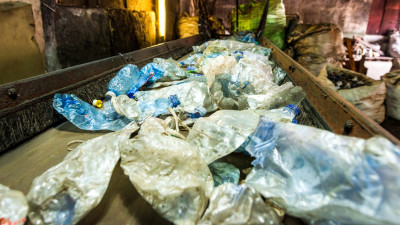The Ellen MacArthur Foundation and Granta Design have launched new indicators which, for the first time, enable companies to assess how well a product or company performs in the context of a circular economy. The new Circularity Indicators measure the extent to which the material flows of a product or company are restorative. In doing so, they will enable companies to measure their progress in making the transition from linear to circular models, and to identify areas of further opportunity.
New Circularity Indicators Enable Companies to Assess Products in Context of Circular Economy
The Ellen MacArthur Foundation and Granta Design have launched new indicators which, for the first time, enable companies to assess how well a product or company performs in the context of a circular economy.
The new Circularity Indicators measure the extent to which the material flows of a product or company are restorative. In doing so, they will enable companies to measure their progress in making the transition from linear to circular models, and to identify areas of further opportunity.
Businesses can benefit from adopting circular economic principles by capturing additional value from their products and materials, and mitigating risks from material price volatility and material supply. The indicators will be beneficial to product designers, as well as for internal reporting, procurement decisions and the evaluation or rating of companies.
The Circularity Indicators are the result of a two-year research project funded by the European Commission’s Life program. The project brought together European businesses, expert designers and leading academics to support the development, testing and refinement of the measurement approach and to ensure its robustness and relevance economy-wide.
The project has delivered a publicly available indicators methodology, a project overview and collection of non-technical case studies, and integration of the product-related indicators into a commercially available web-based tool. This software tool, GRANTA MI:Product Intelligence™, enables users to analyze and evaluate a range of environmental, regulatory and supply chain risks for their designs and products. A version including the Circularity Indicators will be available for trial in June 2015.
Speaking of thoughtful approaches to product design, last month the Cradle to Cradle Products Innovation Institute and Autodesk announced the winners of the inaugural Cradle to Cradle Product Design Challenge, which asked participants to design products made with materials that can return safely to industry or nature at the end of use, fulfilling a core criterion of “remaking the way we make things.” The challenge celebrates the circular economy and a world filled with Cradle to Cradle Certified™ products that feature innovative material selection and design.








